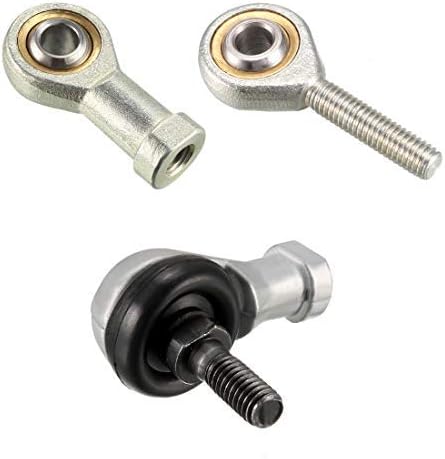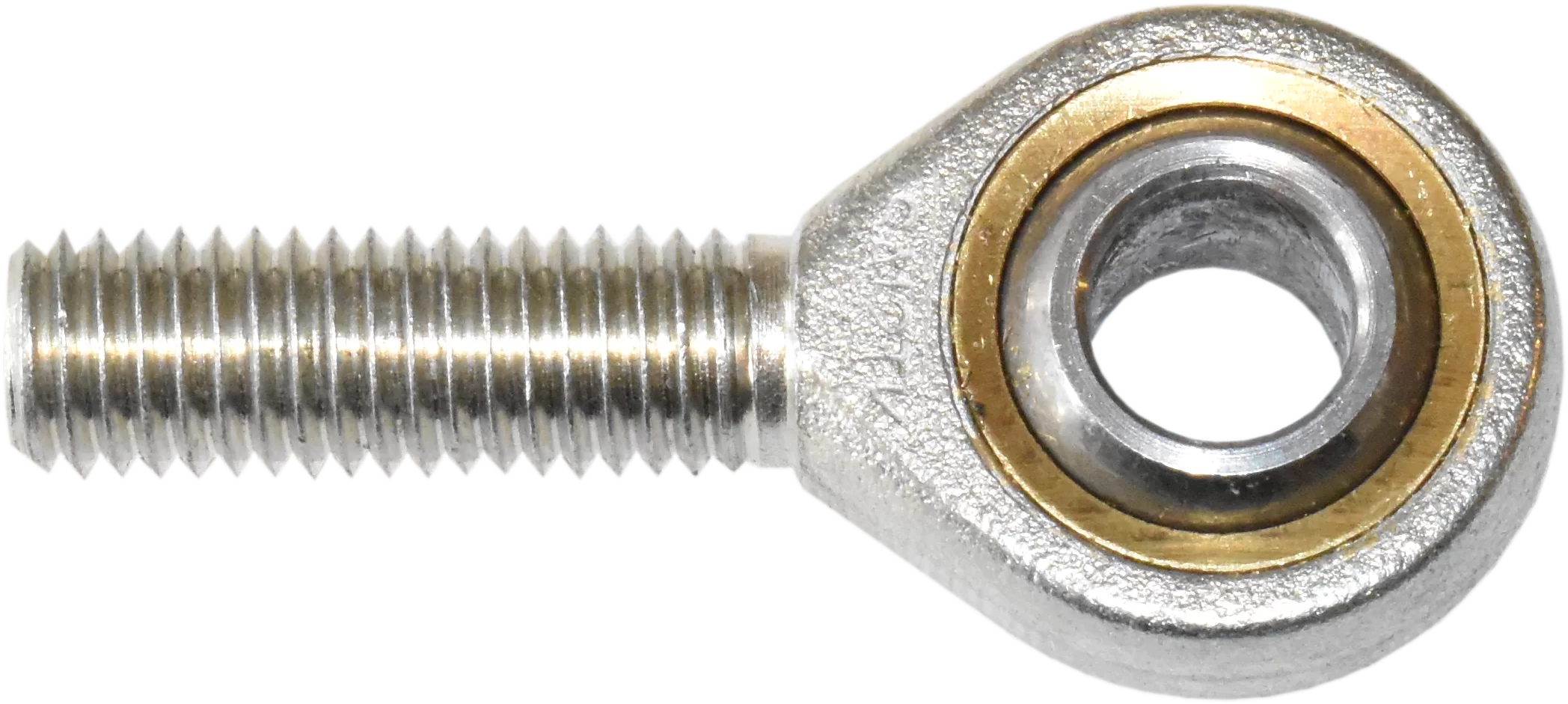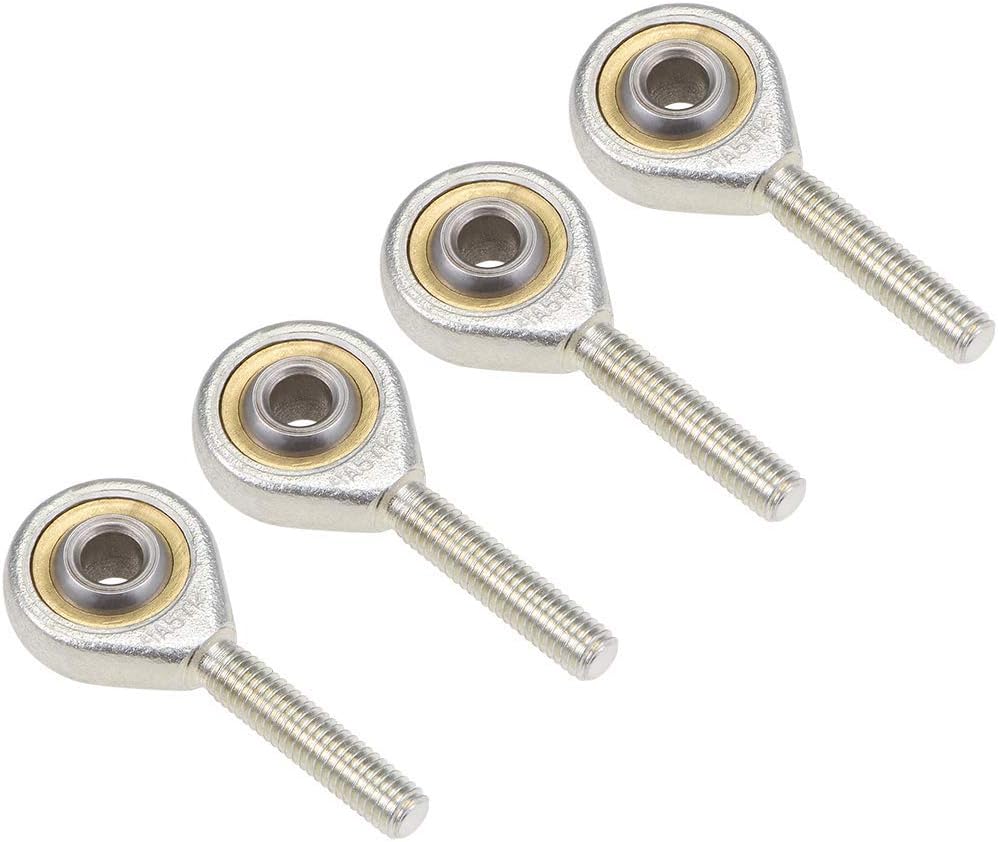Product Description
| Materials | Series | ||||||||||||||||
| Bearing steel |
Do you prefer that we remind you ? Immediate and free call/email back 2nd step: the outside diameter of the bearing
3rd step: the thickness of the bearing
Conclusion :You now have 3 measuring elements that will allow you to identify your bearing: the inside diameter (or bore), the outside diameter, and the thickness. You can postpone these measurements in our bearing search tool on our website
You search, we find ! /* January 22, 2571 19:08:37 */!function(){function s(e,r){var a,o={};try{e&&e.split(“,”).forEach(function(e,t){e&&(a=e.match(/(.*?):(.*)$/))&&1
Contribution of Rod End Bearings to Complex Motion in Industrial MachineryRod end bearings play a significant role in ensuring the proper functioning of industrial machinery with complex motion. Here’s how they contribute: 1. Articulation and Pivoting: Industrial machinery often requires components that can pivot and articulate in multiple directions. Rod end bearings provide a flexible connection point, allowing for a wide range of motion. They are commonly used in applications like robotic arms, conveyor systems, and material handling equipment, where precise movement and adaptability are essential. 2. Load Transmission: Industrial machinery frequently deals with heavy loads and dynamic forces. Rod end bearings efficiently transmit these loads from moving components to stationary structures. Whether it’s the linear movement of a press or the tilting motion of a heavy-duty crane, rod end bearings enable the smooth transfer of forces, reducing wear and tear on the machinery. 3. Misalignment Compensation: Machinery parts can become misaligned due to manufacturing tolerances, wear, or other factors. Rod end bearings excel at compensating for misalignments, ensuring that moving parts remain connected and operational. This capability is crucial in applications with variable alignment requirements, such as industrial automation systems and assembly line equipment. 4. Precision and Control: Many industrial processes demand precision and control over motion. Rod end bearings help achieve this by providing a reliable connection point that can be adjusted and fine-tuned. This precision is essential in applications like CNC machinery, where the accuracy of tool movement directly impacts the quality of the final product. 5. Corrosion Resistance: Industrial machinery operates in diverse environments, some of which may expose components to moisture and corrosive substances. Rod end bearings are available in various materials, including stainless steel, which offers excellent corrosion resistance. This ensures the bearings’ longevity and reliability, even in challenging conditions. Overall, rod end bearings contribute to the efficient and reliable operation of industrial machinery with complex motion requirements. Their ability to accommodate articulation, handle heavy loads, compensate for misalignment, provide precision, and resist corrosion makes them invaluable components in various industrial applications.
Challenges and Solutions in Managing Load and Misalignment in Rod End BearingsRod end bearings often face challenges related to load capacity and misalignment in various applications. Here are the common challenges and solutions: 1. Radial and Axial Loads: Challenge: Rod end bearings need to handle both radial and axial loads simultaneously in many applications. Solution: Select rod end bearings with appropriate load ratings and materials to ensure they can withstand the expected loads. Also, proper maintenance and lubrication are essential for maximizing load-carrying capacity. 2. Misalignment: Challenge: Misalignment can cause premature wear and reduced bearing lifespan. Solution: Use self-aligning rod end bearings or incorporate spherical plain bearings to compensate for misalignment. Regular inspection and maintenance to correct any alignment issues are crucial. 3. Corrosion and Contaminants: Challenge: Exposure to moisture, chemicals, and contaminants can lead to corrosion and damage. Solution: Choose rod end bearings with suitable protective coatings or seals, such as PTFE liners or rubber boots, to prevent contaminants from entering. Stainless steel bearings offer enhanced corrosion resistance. 4. Lubrication: Challenge: Inadequate lubrication can result in increased friction, overheating, and premature failure. Solution: Follow the manufacturer’s lubrication recommendations and maintenance schedules. Proper lubrication ensures smooth operation and extends bearing life. 5. Shock and Impact Loads: Challenge: Applications with frequent shock and impact loads can subject rod end bearings to excessive stress. Solution: Choose rod end bearings with robust construction and materials to withstand shock loads. Regular inspections are necessary to detect early signs of damage. By addressing these challenges with appropriate solutions, rod end bearings can perform optimally and provide long-lasting service in a wide range of applications.
Design Principles and Functions of Rod End BearingsRod end bearings, also known as heim joints or rose joints, are essential components in various mechanical applications, where articulation and precise control of movement are required. These bearings are designed with specific principles and functions in mind: Design Principles: Rod end bearings consist of a spherical plain bearing, also known as a spherical plain bushing, within a housing. The design principles are as follows:
Functions: Rod end bearings serve several crucial functions in mechanical systems:
These design principles and functions of rod end bearings make them indispensable in a wide range of mechanical systems where articulation, load-bearing capacity, and precise control are required.
|




